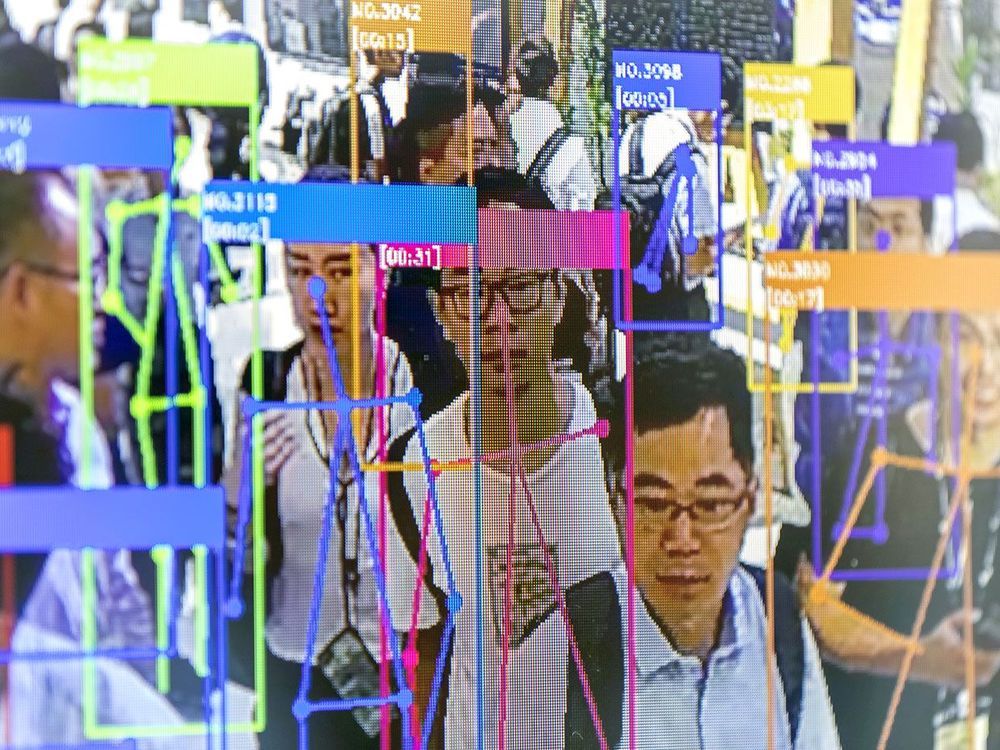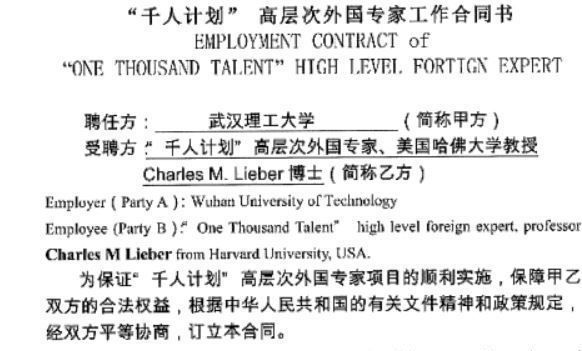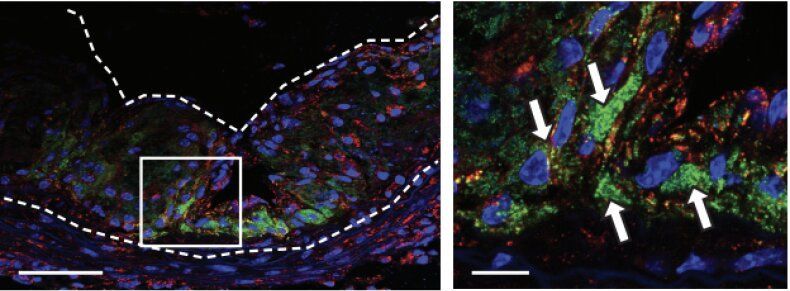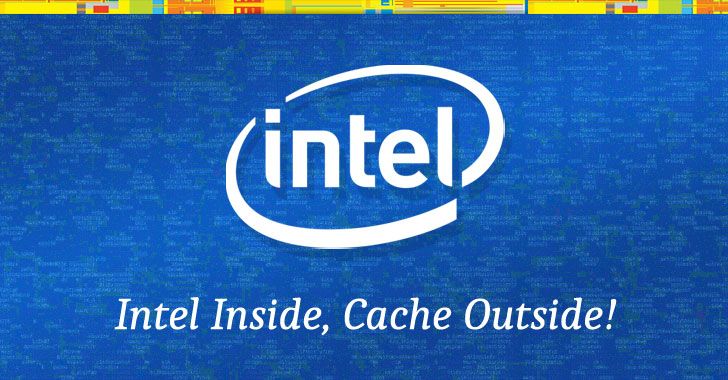Jan 28, 2020
Facing Up to Facial Recognition
Posted by Zoltan Istvan in categories: education, robotics/AI, terrorism, transportation
I’m excited to share my new opinion piece on AI facial recognition and privacy for IEEE Spectrum:
The views expressed here are solely those of the author and do not represent positions of IEEE Spectrum or the IEEE.
Many people seem to regard facial-recognition software in much the same way they would a nest of spiders: They recognize, in some abstract way, that it probably has some benefits. But it still gives them the creeps.



















